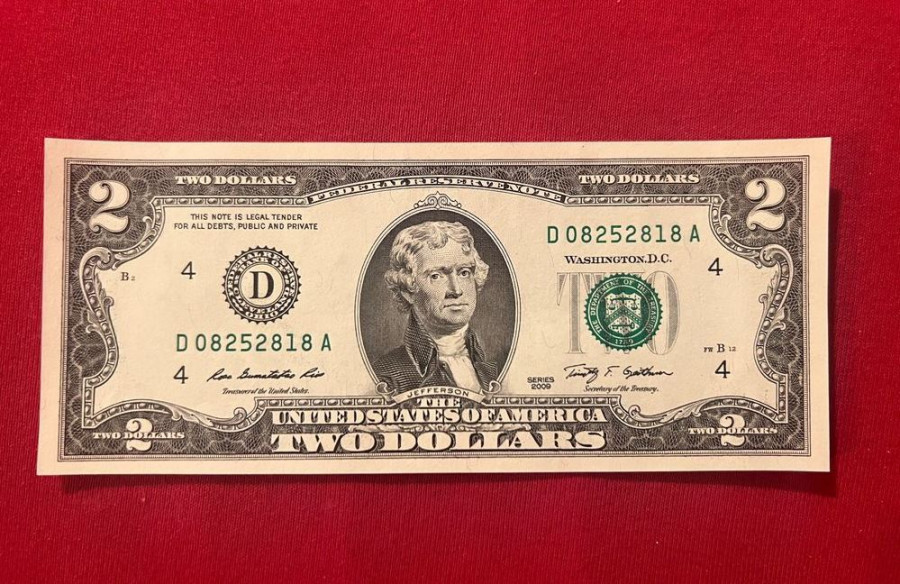At the start of Tuesday's U.S. session a key inflation report was released in the U.S. The report did not change the overall fundamental picture, but added to it significantly.
In the language of dry numbers
Almost all components of the report came out at the forecast level, reflecting the downward dynamics of the CPI. In annual terms, the Consumer Price Index rose to 6.0% in February (6.4% in January), the core index was at 5.5% (5.6% in January). On a monthly basis, the overall CPI increased to 0.4% (the result coincided with the forecast), the base index up to 0.5% m/m (with a growth forecast of up to 0.4%). The structure of the report suggests that the growth of energy prices slowed down to 5.2% last month (an increase of 8.7% was recorded in January). Food prices rose by 9.5% last month (after rising by 10.1% in January). Used cars fell in price by 13.6% (a decline of 11.6% was recorded in January).
Market reaction
In general, the foreign exchange market reacted calmly to the figures. After some fluctuations, EUR/USD traders interpreted the report in favor of the bulls, after which the price updated the daily high of 1.0749. But this reaction, by and large, is of a formal nature. It is obvious that market participants are not rushing to conclusions about the prospects of the US currency due to the ambiguity of the current situation.

On the one hand, Silicon Valley Bank's fall seriously undermined the positions of the hawks in the Federal Reserve. Just a week ago, the market was almost certain that the Fed would raise the rate by 50 basis points following the results of the March meeting. Fed Chairman Jerome Powell, speaking in Congress, unexpectedly allowed an acceleration of the pace of monetary tightening. In addition, he said that the upper limit of the current cycle is likely to be revised upward. Amid such rhetoric, hawkish expectations in the market have increased significantly: talking about the final bid, the target of 5.50% was most often mentioned, although experts also mentioned higher levels (5.75% and even 6.0%).
But just a few days after Powell's speech, SVB and two other American banks collapsed. This factor destroyed the fundamental structure that was built on the basis of previous inflation reports, the rhetoric of the Fed representatives, and, in fact, the Fed chair. For example, Goldman Sachs analysts stunned the markets with their updated forecast, according to which the Fed will take a wait-and-see position in March. On the wave of emotional swings, even assumptions began to sound that the Fed would reduce the interest rate by 25 points.
Today the emotions have subsided a bit: The US dollar index regained some of the lost positions, the EUR/USD pair, respectively, stopped rising. According to the CME FedWatch Tool, the market has drawn the appropriate conclusions from the current situation: the Fed will probably not suspend the process of raising the rate, but this month (and, obviously, further) it will limit itself to a 25-point hike. The 50-point scenario is finally removed from the agenda. The probability of maintaining the status quo is now only 12%.
The latest inflation report suggests that the Fed is still implementing the baseline scenario. If concerns about the resumption of the banking crisis in the United States do not materialize, the dollar is likely to strengthen amid the recovery of expectations regarding further actions of the Fed. That is, this is the case when the 25-point scenario will look hawkish, after a series of assumptions and forecasts about a possible pause. That is why EURUSD has stopped rising further: traders are confused not only by the dovish forecasts, but also by the hawkish refutations of many analysts who are confident that the Fed will continue to implement the hawkish rate, albeit at a moderate pace.
Conclusions
We can assume that the dollar as a whole has withstood the unexpected blow, despite the ongoing aftershocks. After all, not only Goldman Sachs and Barclays, whose representatives warned their clients about a possible pause in rate hike, published their dovish forecasts. Nomura analysts went further - they published a softer scenario, according to which the Fed, firstly, will lower the rate, and secondly, will suspend the program of quantitative tightening.
Despite such a flow of information, the US dollar index regained some of its lost ground on Tuesday. Moreover, the aforementioned forecasts of dovish character may be on the side of the dollar bulls, if the Fed will raise the rate next week after all. The "pass-through" 25-point scenario took a completely different meaning in the current circumstances.
Thus, in my opinion, in the near future, the dollar will be gradually regaining the lost positions: passions concerning the bank crisis will gradually die down (if we don't witness another "SVB.2.0"), whereas expectations of a quarter point rate hike will only increase. Such a combination of factors will be supportive for the US currency. In the context of the EUR/USD pair, a pullback to at least the support level of 1.0630 is possible: in this price point, the middle line of the Bollinger Bands indicator coincides with the Tenkan-sen line on the 1D chart.
The material has been provided by InstaForex Company - www.instaforex.comfrom Forex analysis review https://ift.tt/VG6C4Fe
via IFTTT
